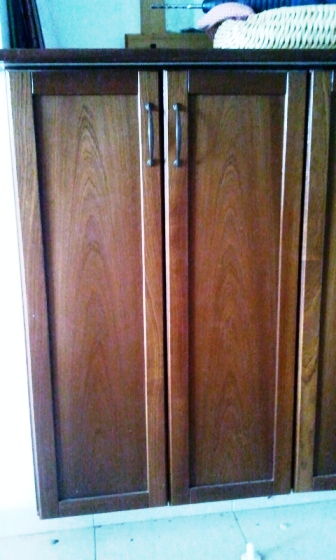Question
I spray a lot of lacquer, but every once in a while I have a customer that wants latex (to match existing). Can anyone tell me the best system to spray latex that won't kill me budget wise? I have a problem when I try to spray it through my gravity fed gun (too thick). Or is it possible to get the lacquer matched exactly?
Forum Responses
(Finishing Forum)
From contributor F:
I stay away from latex but if you have to use it, try a larger tip, and thin the latex. Air assist airless can be bought for a few hundred, but I'm not a fan of that either. Educating the customer seems to work well for me. You can provide a far more professional looking finish that will provide superior chemical, moisture and scratch resistance than latex.
As far as matching, if you have a stickler for a customer, I think it is wise to educate them about the differences in the coatings. A solvent based coating will amber at a different rate than a latex. So if it matches perfect today, it probably won't a few weeks from now. Letting them know that will keep you from having to do a refinish down the road. The accuracy of the match will depend on the talent of the tint specialist at your supplier. If you use a product like Stealth from MLC, it will not amber with age, so if there is ever a shift in color, you can tell the customer that it was the existing coating that shifted in color, therefore keeping you from eating a refinish job.
You will need to play around with everything; thinning paint, adding Floetrol, adjusting needle and cap sizes, pressure at pot and gun settings, in order to spray latex properly. Even then it will not look like lacquer, period. I have been spraying latex, as well as solvent based finishes, for many years and can get some very good results, but it is a difficult medium to achieve good results with.
If your compressor supplies enough air, the Binks Mach 1 HVLP spray gun with a 1.5mm needle and 92 air cap does a good job.
In my area I have 4 major coatings suppliers - Becker Acroma, Chemcraft, ML Campbell, and Sherwin Williams (along with a supplier that has Matthews catalyzed poly). These suppliers can match any paint color using NC lacquer, acrylic lacquer, pre-catalyzed lacquer, post-catalyzed lacquer, conversion varnish, and catalyzed polyurethane. If you want to stick with finishes that you're used to using, you should be able to get them mixed to any color you want; just choose the one that offers the durability you need.
